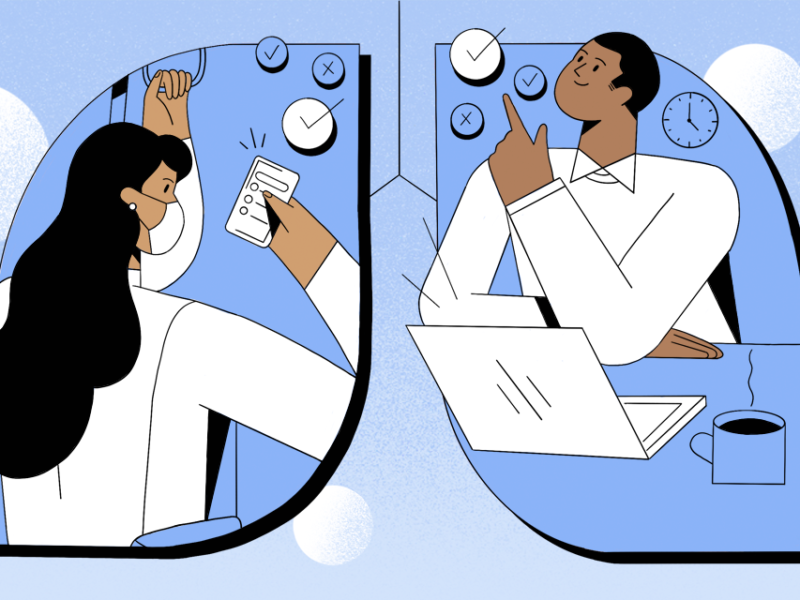On June 5, 1981 the first cases of Human Immunodeficiency Virus (HIV) were documented in a United States medical bulletin. 2011 marks the 30th anniversary of these 1st diagnosed cases of a virus that would become a global epidemic. Since its discovery in 1981, it is estimated that more than 20 million lives have been claimed by HIV (the virus that causes acquired immune deficiency syndrome (AIDS)), and according to the World Health Organization (WHO) another 5000 die each day while 7000 become newly infected. Despite these grim figures, hope remains for the development of a vaccine. A recent HealthMap blog post gave an overview of new research findings out of the Oregon Health Sciences University, where researchers are working on development of a HIV/AIDS vaccine. The new vaccine was tested on rhesus macaque monkeys. The monkeys were infected with Simian Immunodeficiency Virus (SIV), the monkey form of HIV. This vaccine prevented infection in thirteen of the twenty-four monkeys who were originally infected with SIV for more than one year. These thirteen monkeys’ bodies controlled the replication of SIV to the point that highly sensitive tests could not find any traces of the virus. The next steps for the Oregon-based team will be to develop a vaccine for human testing. 33.3 million worldwide are currently living with HIV, and while a diagnosis of HIV used to be a death sentence, new antiretroviral therapy (ART) regimens are able to suppress the virus and slow the progression to AIDS. In addition, it was recently shown that ART is 96% effective in reducing HIV transmission where one partner has HIV. This is a crucial development, as sexual transmission accounts for 80% of new HIV infections. According to the “AIDS at 30” report released June 3, 2011 by the Joint United Nations Program on HIV/AIDS (UNAIDS) a record number of people are now receiving ART in low- and middle-income countries thanks to many factors including the drop in price of ART over the past decade, newer drugs with fewer side effects (which improves patient adherence), and innovative programs that improve access to treatment. Despite the increase in ART utilization, another 9 million people were eligible for ART but were not receiving it. Even in wealthy, developed nations these highly effective medications are often difficult to obtain. This will certainly be one of many topics for discussion this week, as a United Nations General Assembly Special Session on HIV/AIDS is held June 8-10 in New York City. It is hoped that international organizations and donor nations continue vigorous efforts to ensure that ART drugs are available and affordable to those in need. New science has shown that ART regimens can help us get ahead of the wave of new infections. The time to do this is now, as the global annual rate of new cases of HIV dropped over 25% over the last decade, and the exciting prospect remains that the epidemic could be stopped if all of the 34 million+ infected people could be treated. Ultimately, a vaccine or cure will be needed to halt this epidemic, and the “Berlin-patient,” (a man cured of HIV after receiving a stem cell transplant for a deadly form of leukemia) is living proof that this is possible.
